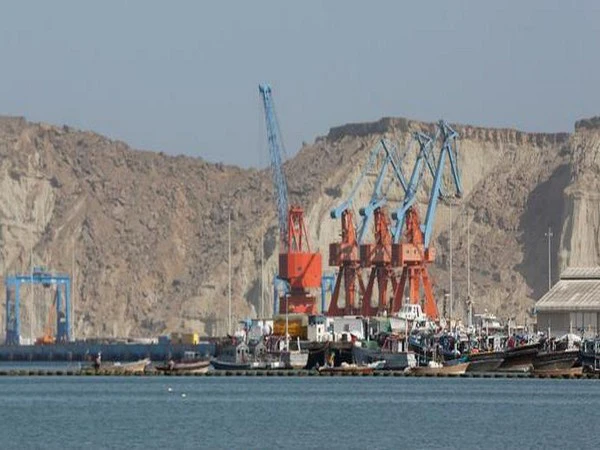The China-Pakistan Economic Corridor (CPEC) project that was commenced a decade ago was held as a harbinger of prosperity for Pakistan.
However, seven years later, many projects under the CPEC still remain non-starters while some of those being operational have become liabilities and are incurring losses.
While China had its own agenda of resolving its energy needs through the CPEC project by bypassing the existing route from the Straits of Malacca between Malaysia and Indonesia, Pakistan was constantly grappling with its internal horrors like blasphemy-related lynching and over-expressive “jihadi” groups.
The education system of Pakistan is in shambles and it offered low-grade human capital. Corruption has been a bedrock of CPEC dealings in Pakistan. Officials and companies involved received kickbacks and everything was overlooked in the name of national security with no opacity.
Pakistan declared itself bankrupt and this has totally taken the steam out of the CPEC project. China is aware that Pakistan is going Sri Lanka’s way and anytime the public can explode due to the volatile conditions.
The International Monetary Fund (IMF) has revealed that China holds roughly USD 30 billion of Pakistan’s USD 126 billion in total external foreign debt, which is thrice the amount of IMF’s debt (USD 7.8 billion) and exceeds it borrowings from the World Bank and Asian Development Bank combined.
Earlier China was able to lure struggling Pakistan into its debt trap as it has done to many other smaller countries. Pakistan has a debt of more than USD 19 billion invested in the plants is owed largely for the building of independent power producers (IPPs) on take-or-pay power generation contracts.
Dejected by the unfriendly response Pakistan Tehrik-e-Insaf (PTI) Senator and industrialist Nauman Wazir stated that “First, the tariff determined by National Electric Power Regulatory Authority (NEPRA) at the time of allowing power generation in the private sector was on the very high side.”
Pakistan is reeling under immense pressure and has entered troubled water with debt liabilities of USD 294 billion, which ironically represents 109 per cent of the GDP.
When Pakistan’s PM Shehbaz Sharif visited Beijing to meet and requested a rollover of USD 6.3 billion in debt, China had allegedly given affirmation after which Sharif openly announced that over USD 4 billion debt would be revised, but all these were mere talks as nothing concrete ever came into existence.
Experts believe that China now is wary of Pakistan’s instability which has put the chances of its CPEC project moving ahead in danger.
But there are many recent attacks on Chinese nationals in Pakistan that have irked China. President Xi Jinping too expressed his great concern about the safety of Chinese nationals in Pakistan when he last met his Pakistani counterpart.
Pakistan is a country with a history of military coups and extremists having a say in key policy decisions. This often resulted in major CPEC dealings being stalled that were found to be corrupt in nature.
Beijing understands that it can no longer take financial assistance from the United States and is now overly dependent on China for economic and military assistance.

